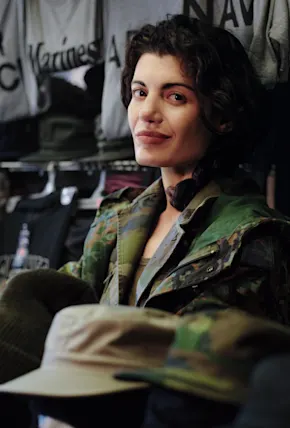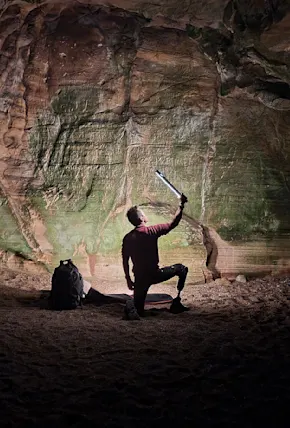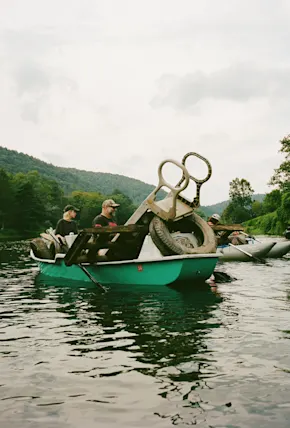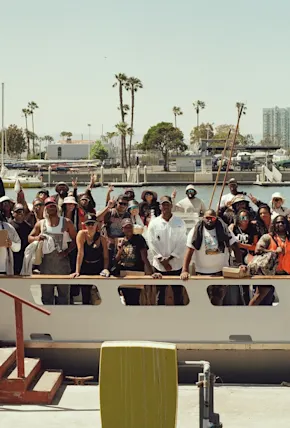Much is made of the ruggedness and pioneering spirit of the West. And the history out East. But it’s good old upper Midwest, right smack in the middle, that inspired the idea that has us writing this article here today.
As the story goes Geoff Holstad and Ryan Greaves, two graphic designers and long time friends, found themselves snowed in at a small rustic cabin in the Porcupine Mountains of Michigan’s unforgiving Upper Peninsula. To pass the time the two worked together endlessly on an intricate entry in the cabin’s guest log. The experience was surprisingly transcendental, and begged the question, why not do it again, except on purpose, and with more artists? So they did, and the following year in 2012, Cabin-Time, a roaming creative residency to remote places, was officially born.
Cabin-Time brings together a dozen or more creatives of many disciplines with backgrounds as varied as their mediums of choice—designers, painters, musicians, writers and scientists, bird-watchers, community organizers, conversationalists, to name a few. Each residency takes place in nature, off-grid. Crew members participate as artists themselves, and though there certainly seems to be an “adult summer camp” vibe, everyone shares responsibilities, from cooking and cleaning to collaborating on ideas. Which, really, all gets at the central goal of Cabin-Time, to connect good people with great ideas and encourage experimentation in the natural landscape.














